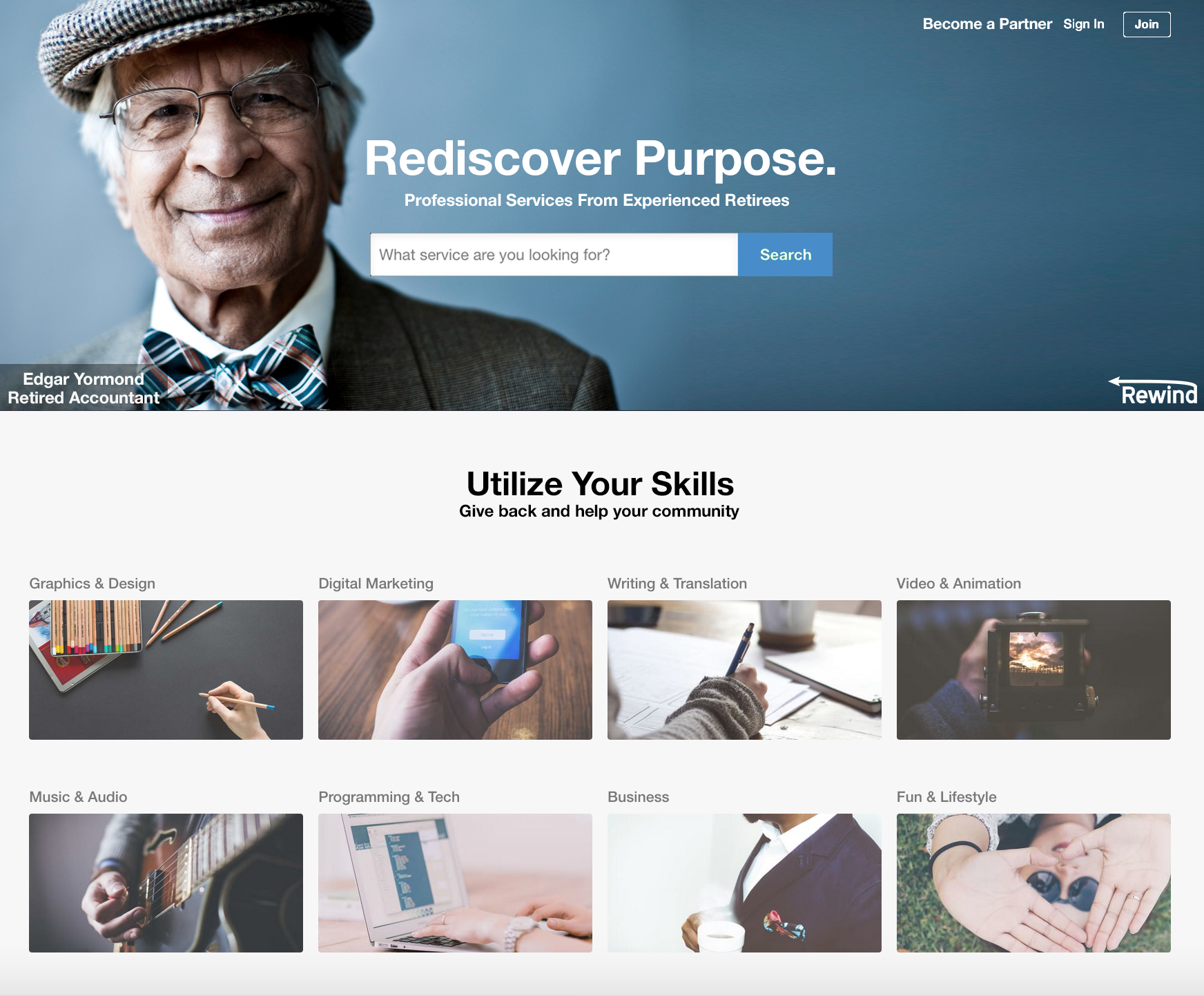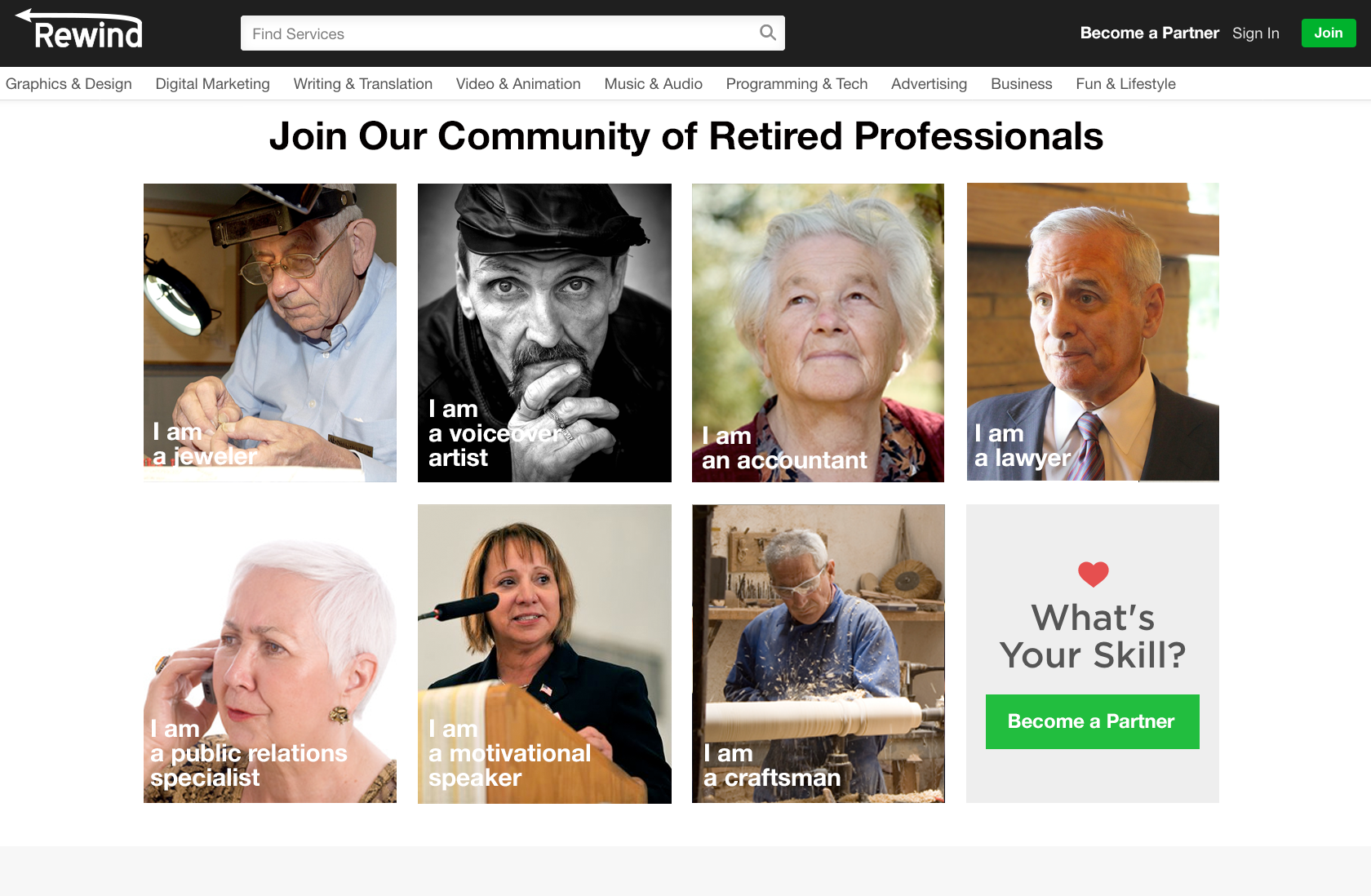





Connor De Mill interviewed his grandparents Paul and Victoria Koenig, less active late retirees.
Date: 03/06/17
Phone Interview: South Bend, IN – Tyson’s Corner, VA
Classification: “Inactive late retirees”
Characteristics:
Needs:
Pain Points:
Insights:
The South Bend Zoo is an interesting Analogous Immersion to nursing homes. Both possess diverse populations of individuals that have very unique needs and temperaments. Both resident populations are cared for by professionals with years of education and experience. Zoos and nursing homes also have very specific daily routines that the residents and caretakers follow. It is also often common for both Zoos and nursing homes to be short on funding. This means that the organizations must choose how to prioritize spending carefully.
Potawatomi Zoo:
Key Takeaways:
Ethnographic Summary
Annie
Licensed Practical Nurse – Woodridge Assisted Living
Date: 03/05/17
Location: Woodrige Assisted Living. 17650 Generations Dr, South Bend, IN 46635
Participants: Connor De Mill, Nick Homolka
Raw Audio Interview: https://goo.gl/41ibUw
Interview Transcript: https://goo.gl/T6g8RM
Connor and Nick interviewed Annie, a licensed practical nurse from Nairobi, Kenya working at Woodridge Assisted Living. Annie was chosen by Woodridge’s administration to participate in our interviews as an exemplary member of the care staff. Annie was able to provide interesting insights into the unique nature of caring for retirees, some of the reasons retirees are forced into assisted living, and the challenged she faces on the job.
Characteristics:
Key Insights:
Memorable Quotes:
“Sometimes it’s a fall or sometimes they’re just not taking the medication the way they’re supposed to take it. I’ve had somebody come in, and they’re told to take calcium 3 times a day and they say, ‘you know I forgot my dose in the morning and I forgot it at lunch so I decided to take 3 pills at night’. It happens. Or, ‘I just decided to skip my insulin’ and their blood sugar is way up so when it goes way up there try to double dose and then the blood sugar goes way down and then they’re in critical condition.”
” Depression, is a huge thing. They are separated from their families. And sometimes families don’t get to come visit them. Or they don’t see them as often, so with that age it’s a big time to go more into depression. And it can be from somebody being tearful, to somebody just quitting to eat, or somebody just completely stopping to mingle with other people, and we want to prevent that.”
Emerging Patterns:
Our caregiver interviews have consistently indicated that high performing caregivers love their jobs, and are very committed to patient well being. These individuals have no desire to retire due to the fact that they wish to continue making an impact on people’s lives. They have also consistently identified mental fitness and emotional well being as key components of health that are frequently ignored.

Design Brief: Optum Group
Project Description
|
Intent/Scope
|
Exploration Questions
|
Target Users
|
Research Plan
|
Expected Outcomes
|
Success Metrics
|
Project Planning
|